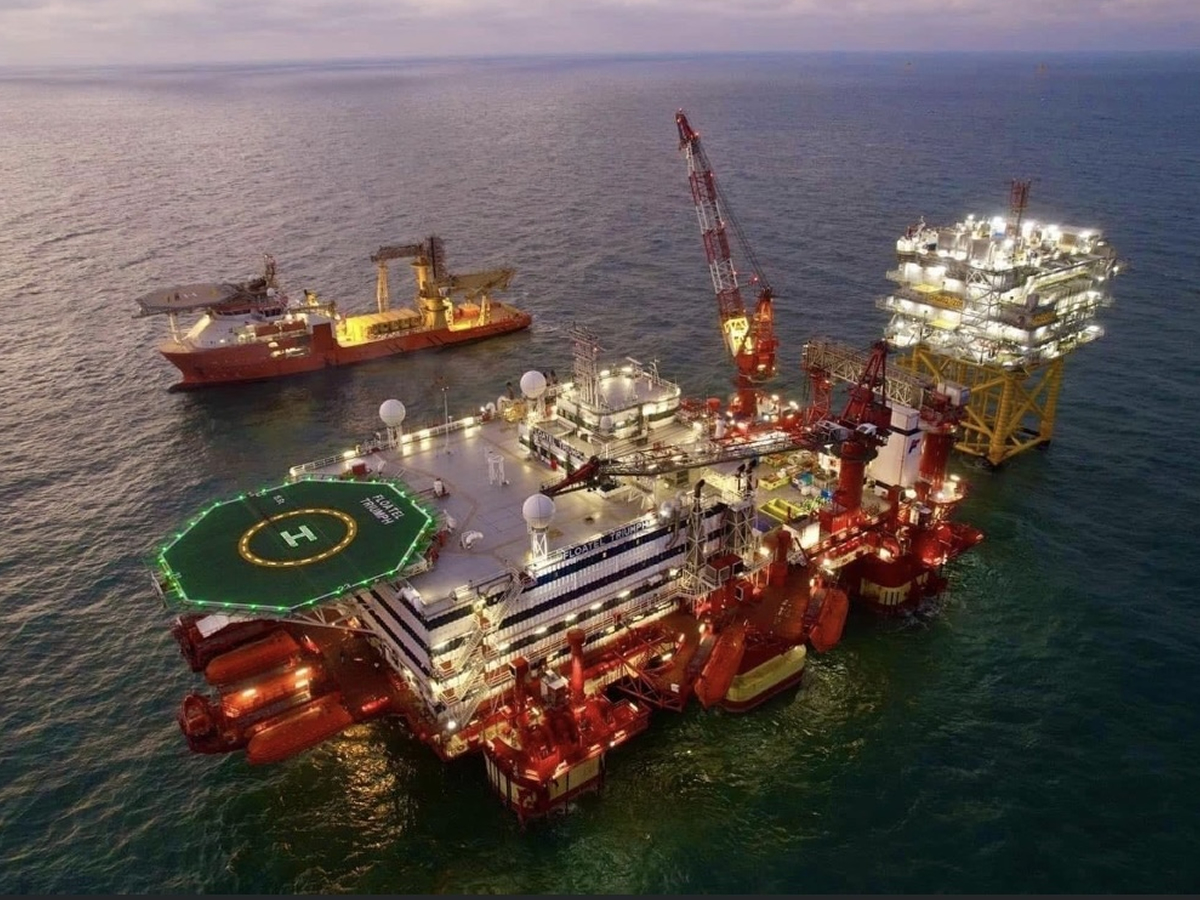
Can Offshore Wind Turbine Projects Mean Clean Energy by 2030?
Can Offshore Wind Turbine Projects Mean Clean Energy by 2030?
The delivery of a clean energy system for the UK by 2030 was one of five ‘missions’ set out in the Labour manifesto that helped to sweep them to power last year. But is a clean energy system really achievable in such a short time, and what role will offshore wind turbine projects play in these plans?
What is the target?
The target, which was set out in a 136-page plan, is to meet 100% of Britain’s energy demand using clean power by 2030. In practical terms, the fluctuating nature of wind and solar power means that only 95% of actual power will be drawn from clean energy, with 5% provided using unabated gas to ensure continuity of supply.
According to Carbon Brief, the switch to clean energy is estimated to reduce the carbon emissions of the UK’s energy generation from 171gCO2e/kWh [grams of carbon dioxide equivalent per kilowatt hour] in 2023 to well below 50gCO2e/kWh in 2030.
How does the Government plan to achieve this?
The goal has been described as ‘the most ambitious reforms to our energy system in generations’, and includes significant investments in offshore wind turbine projects, as well as onshore wind and solar power. Offshore wind turbine projects in particular have been described as ‘the backbone of the British electricity system’.
Offshore wind projects currently contribute 15GW of energy to the UK supply, with a further 16GW either under construction or in advanced stages of planning. BGB are proud to be involved in a large number of these offshore wind projects, providing access solutions, inspections and safety services.
According to Carbon Brief, to meet the 2030 target, a further 42GW of capacity will be required, including 20GW from onshore and offshore wind turbine projects, and 22GW from solar power.
Are they on schedule?
The National Energy System Operator (NESO) admits that we will probably miss the clean energy by 2030 target, achieving between 77% and 82% of renewable electricity generation by 2030.
Analysis by the experts at Cornwall Insight would appear to agree with this view. According to their figures, the UK is set to fall 32GW short of the 42GW of extra capacity required to provide 100% clean energy by 2030. Solar is set to fall 16GW short, while onshore wind will miss its targets by 10GW.
Offshore wind turbine projects, such as those supported by BGB Global Group, have performed much better. While still projected to fall short of the target, offshore wind turbine projects will only be around 6GW short of their projected 43-50GW goal.
What will missing the target mean?
At the end of the day, the Government has always admitted that their 100% clean energy target was ambitious. But that doesn’t mean that missing it amounts to a failure. Any move towards clean energy and reduced emissions is a positive step moving us closer towards the overall target of Net Zero by 2050. As Cornwall Insight comments:
‘While the forecasts don’t show the 2030 target being met, the buildout would still be an impressive rise from current operational capacity,’ says their report. ‘This progress will put the electricity sector on track to achieve net zero emissions in the next decade, ahead of the net zero economy-wide target of 2050’.
To find out more about how BGB Group Global are working with the UK’s offshore wind turbine projects to deliver cleaner power for the UK, and how we can help your offshore wind turbine projects too, get in touch with our team today.
Together we can deliver the power that Britain needs in a more sustainable way, to fight climate change and create a cleaner, greener future.












